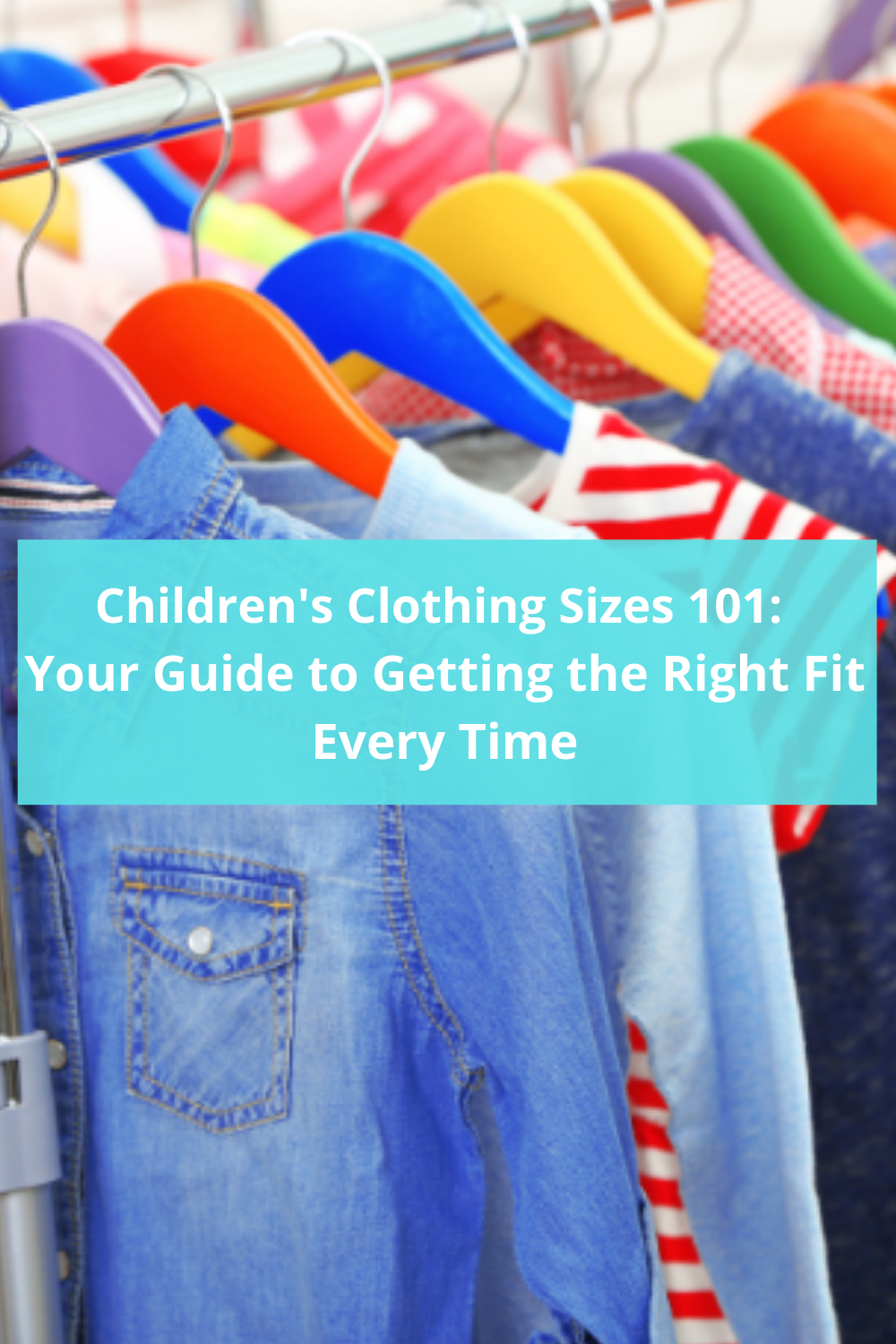What Size Dress Do 7 Year Old Girls Wear
Finding proper clothing sizes for children is a challenge every parent faces. This is because there is no universal children's clothing size guide that manufacturers and retailers are required to follow, meaning you can't rely on uniformity in sizing across brands. For busy parents trying to continually outfit ever-growing kiddos, this can lead to confusion and frustration.
Children's Clothing Sizes: The Basics
These are the sizing categories you will typically see:
- Baby (Preemie, 0-24 months)
- Toddler (2T-6T)
- Little Kid (4-6X)
- Big Kid or Tween (7-16)
- Extended sizing (18-20)
Baby Clothes Sizes
Most baby clothing is sized by age in months, then further defined by weight and height. It's important to take weight and height into consideration because the by-month sizing varies. For example, Carter's 0-3 month clothing is for infants of 8-12 pounds and 21-24 inches, but Baby Gap brand 0-3 month sizing specifies 7-12 pounds and 18-23 inches. Refer to any brand's baby clothes size chart to achieve the best fit.

Toddler Clothing Sizes
The 'T' in sizes 2T-6T stands for "Toddler" and the number before it is an approximation of age. So, the average-sized two-year-old should fit into a 2T. However, this size overlaps with 24 months. The important thing to know here is that the T sizes are a slimmer fit than the infant by-month sizes like 24 months.
To complicate things further, you may also see sizes without the 'T.' For instance, a 3 and a 3T are not the same size. The 'T' sizes tend to be several inches shorter, while also allowing more room for a diaper.
Toddler clothes can be notoriously hard to correctly size, as brand fits vary greatly. For example, a Gymboree 2T is listed as 33-36 inches in height and 30-32 pounds. Osh Kosh, similarly, lists a 2T at 35-36 inches and 29-31 pounds. You would think these two brands will offer the same fit, but many parents will tell you Gymboree toddler clothing seem to run quite big.
Kids' Clothing Size Chart
The size chart used for Little Kid sizes is based on age, but height in inches and weight in pounds is also provided for reference. The Little Kid size chart is the same for boys and girls, but there are different size charts for each gender at the Big Kid/Tween sizes, starting at size 7.
To ensure best fit, both boys and girls should be measured for height, hips, natural waist and inseam. Some retailers will offer sizing based on age, while others offer the standard XS-XL sizing, which typically translates to:
- XS – 4-5 years
- S – 6-7 years
- M – 8-9 years
- L – 10-11 years
- XL – 12-13 years

Girls' Clothes Sizes
When it comes to fit for girls in the Big Kid/Tween size range, measurements are much more useful than age. Girls' body proportions are so varied that some brands even specify Slim, Regular and Plus Size for girls' clothes, with Plus often identified with a ½ added. Here's an example of how they vary:
- 10 Slim – 24-inch waist
- 10 Regular – 26-inch waist
- 10 Plus (10 ½) – 29-inch waist
Some brands, such as Justice, use a mix of sizing. For example, Justice clothing may come in "Regular" sizes like 12, "Split" Sizes like 12/14 or "Alpha" sizes like Medium or Large. The key is to pay attention to the height and weight specifications for each. Justice also offers chest, waist and hip measurements for added fit assistance.
Boys' Clothes Sizes
The Big Kid/Tween sizing for boys is typically meant for boys aged 8-16, but age and size won't necessarily match up for a growing boy. This is one of the reasons retailers like Gap Kids largely use the "Alpha" sizing of XS-XXL, though they also offer age, height and weight measurements for a more accurate fit.
In boys' pants and shorts sizes, it's also common to see Slim and Husky sizing for boys. Slim offers a smaller waist than typical sizing, while Husky is akin to Plus Size. It's always a good idea to rely on actual measurements when fitting a boy for pants or shorts.
European Children's Clothing Sizes
While British sizing is based on age, like American sizing, the rest of Europe bases sizing guides on height. For example, Swedish company Hanna Andersson uses centimeter sizing based on height, while British apparel company Boden bases sizes on age.
When shopping European brands, you may need guidance on size chart conversion. International conversion charts can be helpful. For instance, the Hanna Andersson size conversion chart for baby and toddler clothing looks like this:
- 50 cm = 18-22 in and 0-3 Months
- 60 cm = 22-26 in and 3-6 Months
- 70 cm = 26-30 in and 6-12 Months
- 75 cm = 28-30 in and 12-18 Months
- 80 cm = 30-32 in and 18-24 Months
- 85 cm = 32-34 in and 2 years
- 90 cm = 34-38 in and 3 years
With all international conversion charts, keep in mind they are approximate. To get the most accurate conversion, you should always use a conversion chart that contains actual measurements, rather than just size listings.
With so many intricacies to children's clothing sizes, it can take time to find the fit your child needs. Sizing guides may help, as will knowing your child's measurements before shopping. Once you've established that, it will be much easier to shop for your little ones, no matter which brand you're shopping for. But before you shop, don't forget to check out our latest post for some great laundry tips to maintain those trendy pieces and keep them looking brand new for years.

marshallahmand1991.blogspot.com
Source: https://berrikidsboutique.com/blog/childrens-clothing-sizes-101-your-guide-to-getting-the-right-fit-every-time/
0 Response to "What Size Dress Do 7 Year Old Girls Wear"
Post a Comment